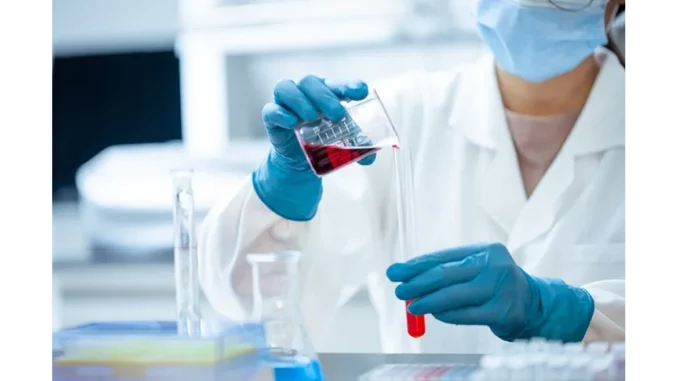
In the ever-evolving realm of healthcare, the medical device cleaning market serves as an indispensable component in safeguarding the integrity and effectiveness of medical procedures worldwide. The forecast for this sector anticipates significant growth between 2024 and 2032, highlighting its increasing importance. To delve deeper into these developments, a conversation with Dr Emily Carter, a renowned expert in medical device cleaning technologies and trends, provided valuable insights into the transformative changes anticipated within this market. Our discussion spanned across various aspects such as key regions, technological advancements, and investment opportunities, painting a comprehensive picture of the market’s trajectory.
Dr Carter commenced by elucidating the pivotal role that the medical device cleaning market plays in the healthcare sector. She emphasised its fundamental function in preventing hospital-acquired infections (HAIs) and ensuring the sterility of reusable medical equipment. “The market’s momentum is driven by a surge in surgical procedures and a heightened awareness regarding infection control,” she remarked. “With healthcare regulations becoming increasingly stringent, there is an unprecedented demand for advanced cleaning solutions.” North America currently leads this market, buoyed by its robust healthcare infrastructure and a pronounced focus on patient safety. However, Dr Carter pointed out the swift progress being made in Europe and the Asia Pacific regions, where substantial investments are aimed at enhancing healthcare services and infrastructure.
Our discussion naturally transitioned to the sphere of technological advancements, a subject that visibly energised Dr Carter. “Automation is at the forefront of revolutionising medical device cleaning,” she noted. “These advanced automated cleaning technologies not only heighten efficiency but also ensure compliance with stringent regulatory standards.” The integration of eco-friendly cleaning agents emerged as another significant trend. “There is a perceptible shift towards sustainable practices within the industry. Companies are innovating to develop cleaning agents that are both effective and environmentally benign,” she said, highlighting the industry’s commitment to reducing its ecological impact.
Turning to the realm of investment opportunities, Dr Carter expressed optimism regarding the market’s potential. “The landscape is teeming with opportunities,” she observed. “Global healthcare systems are striving to enhance infection control measures, creating a substantial demand for innovative cleaning solutions.” She emphasised the importance of research and development, suggesting that companies investing in these areas could realise significant benefits. “The focus is on crafting products tailored to the specific needs of various regions, taking into account local regulations and healthcare practices.” Looking forward, Dr Carter anticipates an uptick in demand for single-use devices, which may necessitate a re-evaluation of existing cleaning protocols. “While single-use devices can mitigate infection risks, they present environmental challenges that the industry must address.”
Dr Carter also offered a global perspective on the market’s geographical distribution, spotlighting regions poised for considerable growth. “The Asia Pacific region is particularly promising, with rapidly expanding healthcare sectors in countries like China and India driving the need for effective cleaning solutions,” she commented. Moreover, she highlighted the Middle East and Africa, where investments in modernising healthcare facilities are expected to propel the demand for advanced cleaning technologies.
However, no discourse on market growth is complete without acknowledging the challenges that lie ahead. Dr Carter candidly addressed the hurdles faced by the industry, including the complexities of regulatory compliance and the necessity for ongoing innovation. “Regulations vary significantly across different regions, complicating market entry for companies. Nevertheless, this presents an opportunity for those adept at navigating these complexities,” she remarked. As we concluded our conversation, Dr Carter underscored the significance of collaboration within the industry. “The future of this market hinges on partnerships and collaborations. By pooling resources and expertise, companies can drive the market towards a safer and more sustainable future,” she stated.
Reflecting on the insights shared by Dr Carter, it is evident that the medical device cleaning market stands at a critical crossroads. Technological advancements are paving the way for more efficient and eco-friendly cleaning solutions, while countries across the globe are increasingly recognising the vital importance of infection control. As healthcare systems continue to evolve, the role of effective cleaning protocols is poised to become even more crucial. For investors, innovators, and healthcare providers, staying informed and adaptable will be essential in navigating this dynamic and rapidly changing landscape.


Be the first to comment